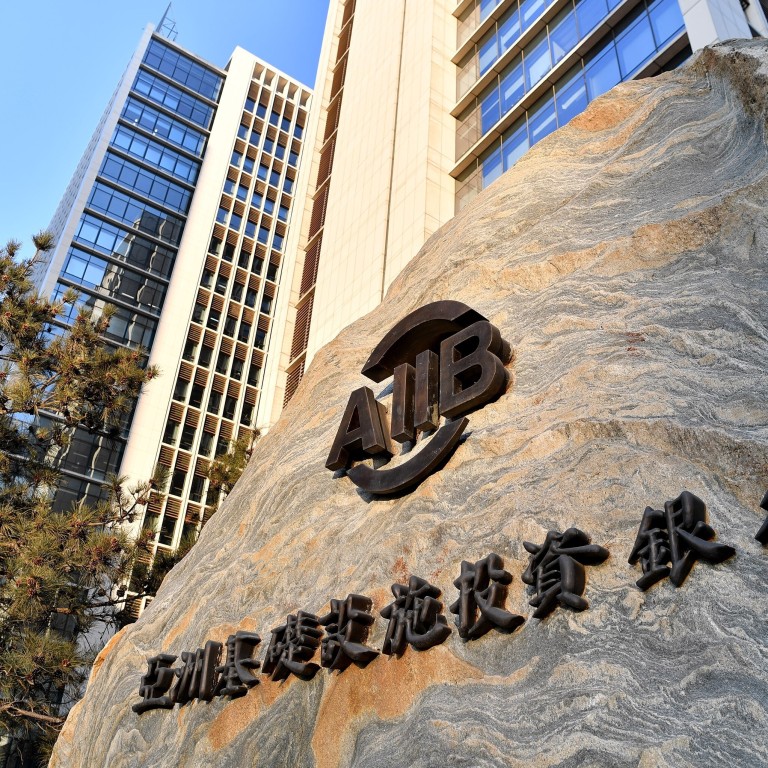
Will Asian economic integration finally take root under China’s infrastructure bank AIIB?
- Calls for regional economic integration in Asia are not new but Xi Jinping’s latest push for AIIB to take the lead may be falling on more fertile ground, given US withdrawals from global institutions and a fading dollar
That the Chinese leader is suggesting the AIIB play a lead role in pressing for regional integration seems significant. With slightly over 100 member countries (in Asia, Africa and beyond) the bank could serve to solidify and institutionalise China's regional presence.
Hardly an auspicious moment, it might seem, to urge for regional integration, and yet there is a paradoxical logic behind Xi’s call. The impetus towards regional integration was not so strong in past calls for such unity but things are changing dramatically.
Pushes for regional economic integration in Asia – from Malaysia and Japan, for example – were made when the United States was more deeply involved in Asian trade and Washington’s commitment to maintaining security alliances appeared to be ironclad.
The role of the dollar was little questioned at those times (even if some resented its dominance) and the US was the primary market for Asian exports. China was still a blip on the radar screen and the US elected presidents who generally behaved responsibly.
Why the US dollar’s slide may be a sign of real danger
In short, the US has come to look more like a potential adversary or, at best, an unreliable friend and ally. Thus, renewed calls for regional integration led by China are likely to fall on more fertile ground than in the past.
Why the AIIB as an instrument of regional cooperation? Beijing has already attained formidable economic power in Asia and beyond, complementing its growing diplomatic clout, and it is developing a military presence in parts of East Asia.
China’s influence, however, is exerted mainly at the bilateral, rather than multilateral, level, and its institutional presence and influence in Asia has been somewhat limited.

02:35
Belt and Road Initiative explained
Some foresee the AIIB playing a greater role in this regard. Xing Yuqing, formerly an economics professor at Tokyo’s Graduate Research Institute for Policy Studies, suggested after the bank was formally launched that China “can achieve its wider policy objectives through the AIIB”.
China, he said, could “utilise the AIIB to achieve diplomatic, economic and political objectives like providing multilateral aid, nurturing new markets, developing ‘soft power’ and steering Asian regional cooperation and integration” while also supporting the Belt and Road Initiative.
A China-led multilateral institution could ensure that China’s multilateral aid “serves its national interest and develops its regional leadership”.
This resonates with what Xi said at the AIIB annual meeting on July 28. The bank, he noted, is designed to develop infrastructure and connectivity in Asia, and deepen regional cooperation.
Why China would welcome help bridging infrastructure gap in Central Asia
A China-led multilateral institution could have more allure now than when former Malaysian prime minister Mahathir Mohamad put forward his idea in 1990 for an East Asian economic group or caucus, or when Japan’s “Mr Yen” Eisuke Sakakibara proposed an Asian Monetary Fund in 1997.
Other powers in and beyond Asia may feel more comfortable with the idea of a multi-shareholder organisation spearheading China’s drive for greater economic influence in Asia, even if Beijing does retain dominant influence in the AIIB.
Anthony Rowley is a veteran journalist specialising in Asian economic and financial affairs

